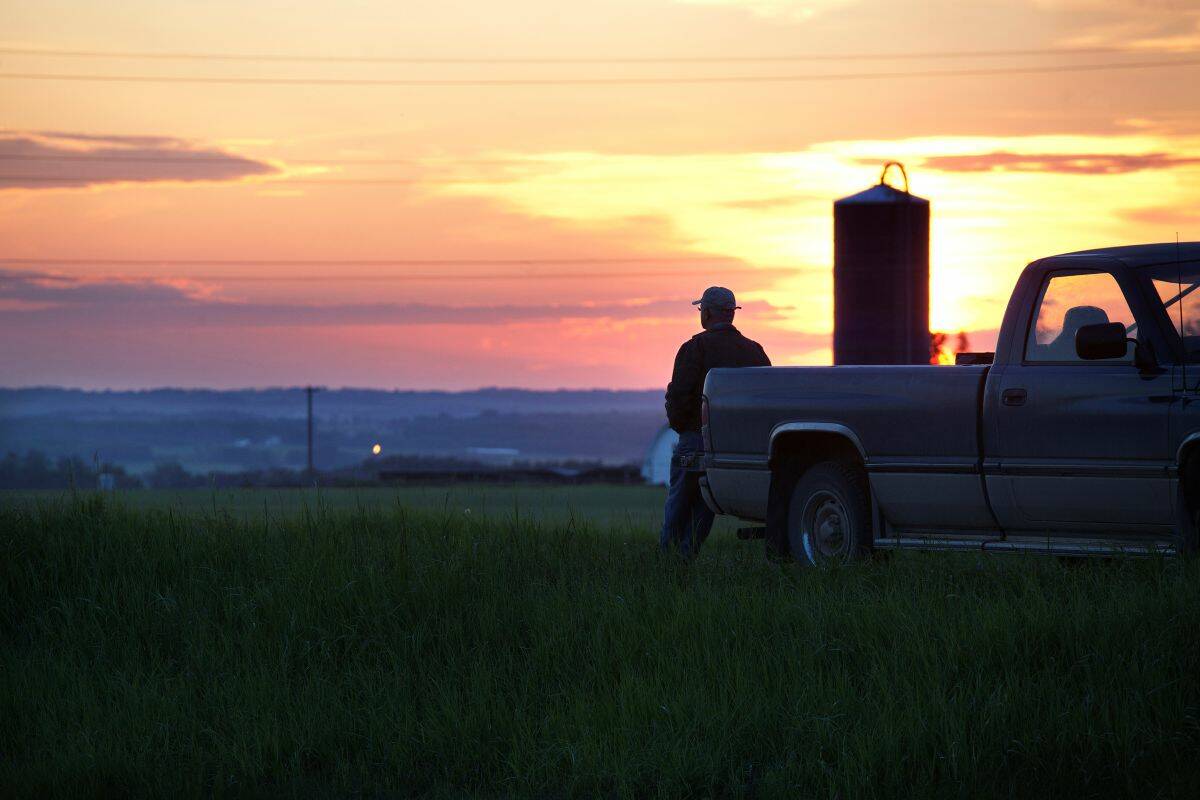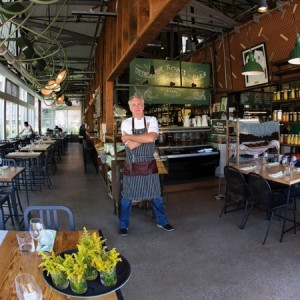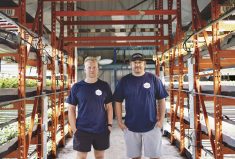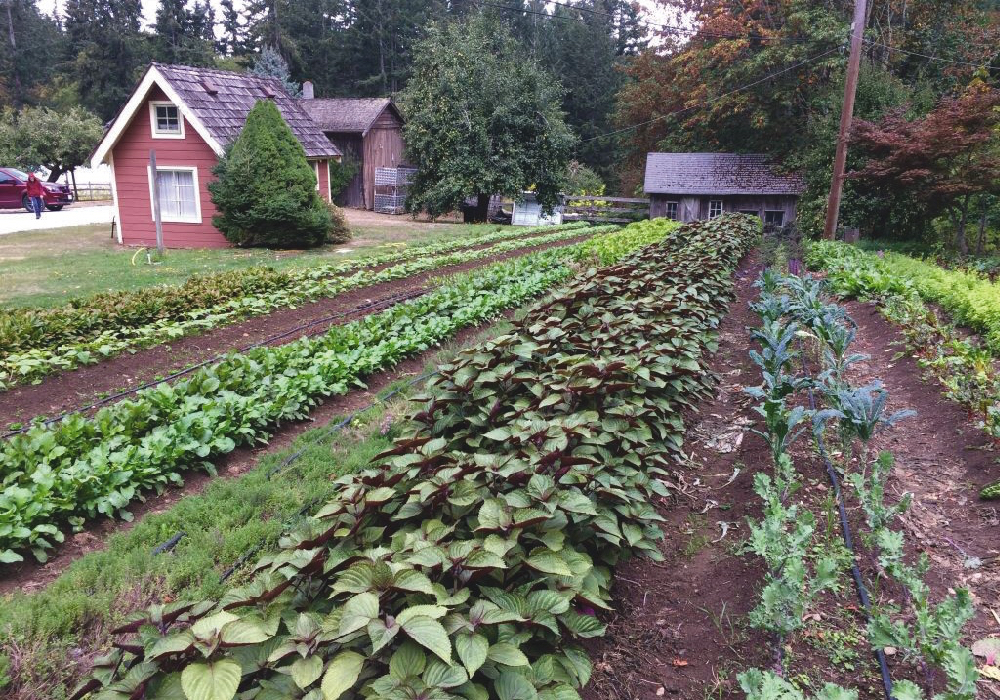“Someone is getting screwed,” declares chef Brad Long. We’ve only just sat down at Long’s restaurant, Café Belong, and the conversation is already intense. I immediately like Long, who smiles and gesticulates as he talks a mile a minute, punctuating his thoughts with the odd F-bomb. It takes focus to keep up.
Even when he goes off on a tangent and I give up hope of ever getting back on topic, Long somehow manages it. Like now, when we’re back to the question of how he deals with people who ask him about his menu prices. He politely turns the tables on the questioner, asking them why so much food is so cheap.
Read Also

It doesn’t have to be the end for your farm
Options for farmers without successors to pass on the farm.
When the pause comes, as it usually does, he answers his own question, saying, “Someone is getting screwed.”
That someone, Long tells me, is the farmer. Or it’s the restaurateur. Rarely is it the guy in the middle.
Long thinks it’s too bad that so many shoppers — and so many diners — don’t see this. For Long, the solution is communication.
I’ve read somewhere that he has a few acres, so I ask what he farms. “I’m not a farmer,” he says, explaining that he raises produce and livestock for his own family. (Long has five children, aged six through 18.) He’s a chef who is so passionate about good food that he grows his own, talks with farmers, and knows his local farm supply store, and before long, we’re off on another tangent, this time about crop rotations and soil organic matter.
When Long was executive chef for Maple Leaf Sports & Entertainment, he was responsible for food at sports venues such as the Air Canada Centre and BMO field in Toronto. As part of that role, he’s fed his share of athletes. “Mats Sundin ate the brown rice,” he says with a smile. Others, he frowns, only wanted steak and didn’t heed his nutritional advice. Communication doesn’t always work.
On Restaurants
As a former co-host of the television show “Restaurant Makeover,” Long has looked at a lot of restaurants under the lens. “If you’re doing seven to eight per cent profit as an independent restaurateur, you’re doing good,” he says.
He attributes that single-digit margin partially to the profession attracting people with a passion for food and not enough business smarts. “We’re math idiots,” he sighs. For Long, part of the solution is to deal directly with producers. “What if I get rid of the guy in the middle?” he asks.
From the restaurateur’s perspective, one downside to dealing directly with producers is the time spent cultivating and managing relationships. Another is that some food is seasonal, meaning menus must be changed. It doesn’t deter Long, who feels there’s no creativity involved in producing the same menu year round. The menu on his website says, “Dishes, ingredients and prices are subject to change as menus are adapted daily.”
Another solution to low margins, he says, is to raise menu prices. “There’s a huge fear,” he says, as he talks about raising menu prices. And that is why communication is so important. He seems ready for the conversation, trotting out figures on historical changes in food prices relative to other goods, and on what Europeans spend on food compared to North Americans.
Long is partway through this thought when the crowd at the table next to us gets up to leave. One of the women, who introduces herself as Kerry, recognizes Long. She apologizes to me for interrupting our conversation, then gushes, “That salad… I dream about that salad.”
After Kerry and her table have left, he says to me, “That salad should be good!” He uses expensive produce and the price on the menu reflects it. Young chefs, he says, often think they get such compliments because of culinary skill. “It’s not about my art,” he says, sounding exasperated. And he knows his produce is very good because he manages his suppliers very, very closely.
On Food
Long clearly gives a lot of thought to food, but surprisingly, he isn’t down on McDonald’s, if it’s mixed into a healthy diet. “It’s about balance,” he says.
I glance around while Long takes a call on his cellphone. His restaurant is at Evergreen Brickworks, a former quarry and brick factory transformed into a public space that is used for environmental education. Outside the window is a water garden combining native plants and broken bricks. It’s historical, industrial — and trendy. Long’s restaurant fits well: shiny new metal and funky lights are paired with exposed ducts, beams, and a burnished concrete floor.
On shelves near the entrance he has jars of preserves and colourful enamelled cast iron cookware. It’s a touch that communicates his creds to the upmarket crowd that comes here on Saturdays for the farmers’ market.
Long thinks many foods have a story behind them. The trick is communicating that story to consumers — and making the story good enough that consumers change shopping habits. He tells me about a producer he knows who has done a good job telling the story of cold-pressed oils: how, in Italy, the really good olive oil is cold pressed; and how, in Ontario, there’s this great cold-pressed soybean oil. The story has to be well told, though, if it is going to get consumers to forsake cold-pressed olive oil.
Another thing to remember when telling the story, he says, is telling it to the right audience. It’s easy to tell our stories to people with whom we’re comfortable — people who are like us. He says he has often reflected on his own audience, then asked himself, “Why am I talking to old white guys all the time?” There is a greater potential to make a difference, he feels, when we reach out to new audiences.
His audiences include cooking classes. He says the last thing he wants to do is teach people how to make a fancy veal dish, which he likens to preaching to the converted. It’s just giving them one more recipe for their portfolio. He finds it far more satisfying to tackle the basics, like teaching people with very little cooking knowledge about all that they can do with boiling water.
His website says Long is in post-production of a provocative food documentary. When will the documentary be out, I ask? He’s not sure, and begins to talk about the challenge of piecing the information together in a way that many people can understand. Then, he tells me about Carl Sagan, the American astronomer who made complex ideas understandable for a wide audience. I leave with no doubt that when his documentary is done it will be understandable — and it will be intense.
















